
Shweta Rai Chamling did her graduation in Mass Communication and Video Production from St. Anthony’s College, Shillong. She is an alumnus of FTII (Batch of 2007), Pune specializing in Film Editing (Diploma – Chidiya Udh). This film was awarded the National Awards for Best Sound and Best Director). She After graduating from the institute she has been closely working with Kamal Swaroop. She has edited films like Kamal Swaroop’s Tracing Phalke, Battle for Banaras, Pushkar Puran, Samudra Manthan, Bhaskar Hazarika’s Aamis, Aditya Kelgaonkar’s Sound Proof, Pushpendra Singh’s Lajwanti, Kabir Singh Chowdhry’s Mehasampur (Supervising Editor).
As a child what were your early influences towards cinema? Art, literature, graphics, photography?
I can’t remember anybody speaking of ‘art’ at home. However, music was an integral part of our household. In the form of satsangs or bhajans; or my Papa, Mummy, Uncles, Aunts and us cousins singing soulful Nepali songs as my father strummed the guitar at a family gathering, or just a quite evening with Lobo playing from the stereo.
But I do have a very surreal image probably of my first visit to the cinema theatre. I must have been very young then. Thank God my parents were ardent movie goers (they still are. They watch more bollywood films than I do) while my other relatives treated going to the cinemas as if it were some kind of a taboo. I don’t blame them either. Shillong theatres those days were dirty with blood red marks of betel nut spits on the walls and floors and the white finger prints impressed by limes on the walls/pillars/seats like a clue left behind for a mystery to be revealed and others had an overwhelming stench glooming across the hall. Today in the age of multiplexes, betel nut or what is popularly known as kwai in Khasi is not allowed inside the theatres. Irony is that Kwai brings people together and acts as an equalizer between the rich and the poor. But here is my very vivid memory of being in a very dark hall. I wasn’t particularly afraid because I could see people around me staring at this big thing (I didn’t know it was a screen then). All I knew was there were these really huge people who were talking to each other. They had huge faces, gigantic limbs, giant pair of eyes and there was music too. I felt I was watching these giants perform in front of me. What an experience it was.
How did you first become interested in film editing?
My mom would at times announce, ‘You must have been a mouse in your previous life!!’. I used to take up scissors and cut old newspaper and make shapes out of them, leaving the unwanted parts as a mess for her to clean.
I did my graduation in Mass Communication and Video production at St. Anthony’s College in Shillong. It was there that I got fascinated by the bizarre world of editing. How meanings were created knowingly and most of the times unknowingly. It had this very playful feel of putting blocks one after the other like a game that me and my brother played with lego bricks, and then observing it from a distance, after which either removing and replacing or simply adding new blocks to the found unfinished structure. I love this playful aspect of editing.
Then at FTII I became even surer that this is what I want to do for the rest of my life. At FTII we are given a self-learning space. We learn from our batch mates, teachers, from the films we watched, followed by discussions and debates, and most importantly from oneself. It has helped me and I’m sure for many more like me, coming from so called ‘far far away land’, venture to new boundaries, widen our perspectives towards life and giving us the heads-up to be fearless.
What steps did you take to train yourself?
This process is very fascinating. It drives you insane. Mad!! Like some kind of metamorphosis is happening within you (I do have my pupa stage too). And only you can feel that transformation. And if you survive, you are born once again. This time only with wings and stories to sing.
My practice is to tackle one thing at a time. JUST GET TO THE EDITING TABLE. I make sure that I am with my Premiere Pro everyday even if it isn’t a paying job. I open old videos and try stich them.
Have you assisted anyone? How does it help one?
No, I haven’t. I wanted to. I made calls to senior editors whose work interested me, editors whom I wanted to learn from. But somehow that didn’t work out. I did assist Priya Ma’am (Priya Krishnaswamy, editor and director) for a while, editing song sequences of a film. Unfortunately, the project ceased because of some reason.
May be that’s why when I was given an assistant for the first time, I didn’t know what to tell him. But Vikesh Khare (editing graduate from FTII) helps me out in a big way in my job. Him and I work really well. We are 3 films old.
How did your first film project come about? Tell us something about the experience.
At the time when I was moving to Bombay, I was looking for a flat to rent in Yari Road. I was with the owner of the flat waiting for the society meeting to commence. I saw Kamal Sir (Kamal Swaroop, the celebrated director) and Sreejith Karanavar (director and editor) coming out the same building. Those days they were working on the book TRACING PHALKE. Kamal Sir was also editing capsules of documentary films on Dadasaheb Phalke, called Phalke’s Journey through various workshops with students in different cities. The next thing I know was Sir instantly requested the owner to let me have the flat and the other thing was he asked me if I could edit some chapters of Phalke’s Journey. I started by editing three chapters.
After finishing Phalke’s Journey, I worked majorly with Sir on the TRACING PHALKE – The Film.
The experience that I had working on this project was like getting recruited to another school altogether. Our practice in documentary in FTII was pretty limited. So this was like a bonus to me. And what else could I have asked for starting in Bombay, learning and working with the wizard himself.
What are your inspirations?
Music inspires, it has helped me survive my greatest fears and hurdles. The other thing that really inspires me is the faith and trust people show in me. People we work with can pass some kind of energy in us. I have felt it. And my biggest inspiration is my partner in crime, Gautam Nair (a very sound Sound Designer). We have some beautiful conversations about life, films, work, music and so many things under the Sun.
Is film editing intuitive or is it something you learn?
Editors see the world frame by frame.
Editing is intuitive; or at least the very first cut is. It is what feels true at that time without conscious reasoning. However, editing, like any stage of film making process (more close to writing), allows us to revisit our ‘intuitive’ decisions, rewind, play, pause, go frame by frame forward or backward, and make our second decision.
So learning the skill is really important and sharpening that skill is even more crucial.
Do you think the audience is perceptive about an edit? What kind of feedback do you get from non-film maker audience for your work?
I once asked Bina Paul (Film editor) during our workshop with her at the institute, ‘What is a good edit?’ she replied, ‘One which is unnoticeable.’
I do believe in this one as I get more and more involved in various projects. Our (Editors) contribution towards a film is to bring a sense of the world that the audience are watching in front of them; to be as close to reality as possible, or feel real as if it’s unfolding right in front of them. Even if the film is about magic realism, or of things that they have never experienced. Our job is probably similar to that of a music conductor guiding the emotional notes with each pair of eyes and ears. When I edit a scene, Emotion is the number one on the list of priorities.
So when a non-filmmaker audience tells me how much they loved certain scenes, liked the actor’s performance or simply say they loved the film, I feel good about my contribution.
Your favorite films or editors? At least two of them?
Oh no… there are too many as my favourites
2001: A Space Odyssey – Ray Lovejoy
Jane Bhi Do Yaaro – Renu Saluja
Om Dar B Dar – Priya Krishnaswamy, Ravi Gupta
Gulaal – Aarti Bajaj
Godfather – Walter Murch
The list will just go on.
Any hurdles you have encountered in your journey. Things that are blocks in achieving your vision while working on your film.
No hurdles yet too many. From the time the edit begins till the time its shown to people, they are all beautiful hurdles. These are not necessarily blocks. At the end of each film one becomes calmer.
Do you often get all that is in your wish list or is it a hard bargain every time?
It’s always best to not have a wish list. No-wish list saves me from feeling bad and miserable.
What is in the kitty now?
I just completed Two films; Aamis, an assamese feature film directed by Bhaskar Hazarika and Samudra Manthan, a documentary film directed by Kamal Swaroop.
Am thrilled because both these films are being shown at the MAMI Film Festival this year.
Any advice to the inspiring editors?
No advice. I am also still struggling to discover my journey and find myself. I’d say keep editing.
Any memorable blunders?
Not yet.
Your dream project?
A call from Vishal Bharadwaj’s office will make me very very happy.
Who would you like to take out for dinner?
Joaquin Pheonix

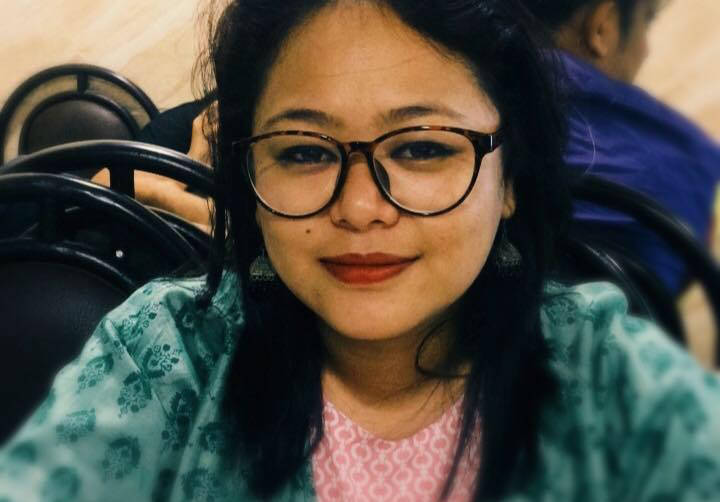
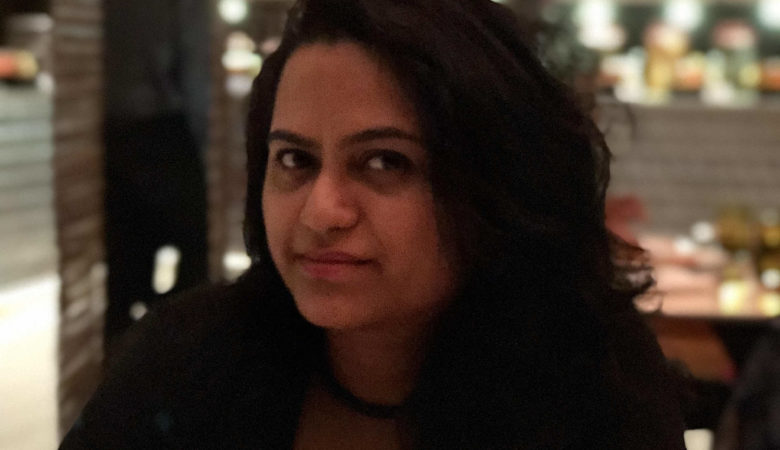
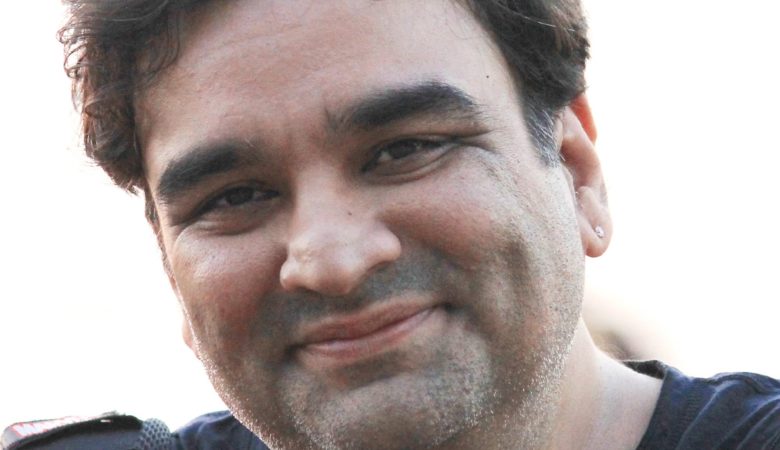
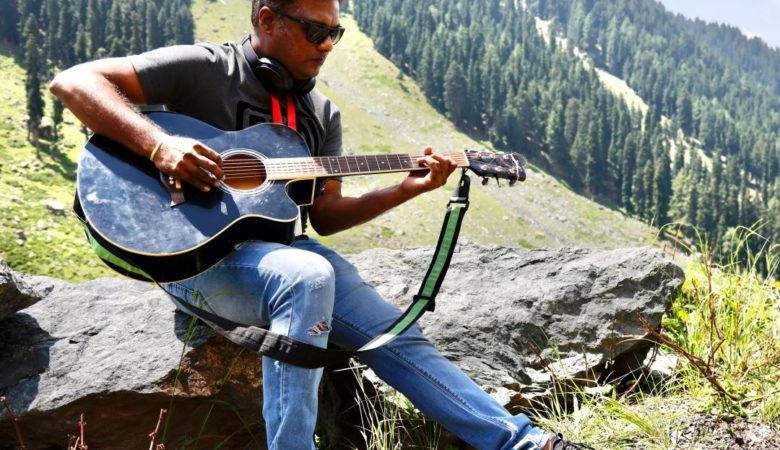
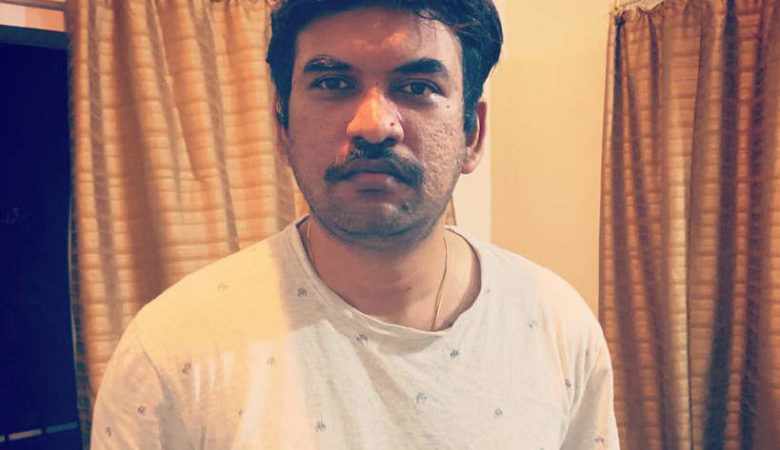



Leave a Reply